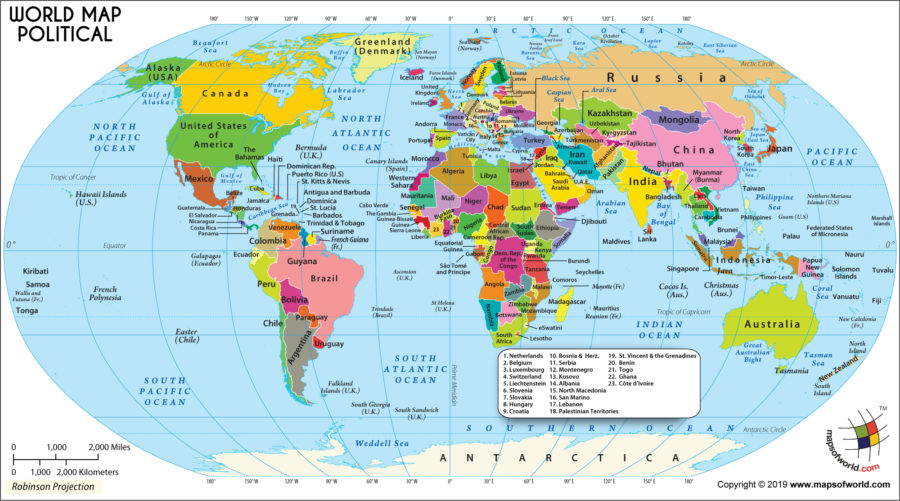
By combining the knowledge of Africa, the Indian Ocean, Europe, and the Far East (which he learned through contemporary accounts from Arab merchants and explorers) with the information he inherited from the classical geographers, he was able to write detailed descriptions of a multitude of countries. The Arab geographer Muhammad al-Idrisi produced his medieval atlas Tabula Rogeriana (Book of Roger) in 1154. The Tabula Rogeriana, drawn by Muhammad al-Idrisi for Roger II of Sicily in 1154 About 1,100 of these are known to have survived: of these, some 900 are found illustrating manuscripts and the remainder exist as stand-alone documents. Mappae mundi ("maps of the world") are the medieval European maps of the world. These charts may have been used for navigation. Although this method of charting seems to have existed in China even before this publication and scientist, the greatest significance of the star maps by Su Song is that they represent the oldest existent star maps in printed form.Įarly forms of cartography of India included depictions of the pole star and surrounding constellations. In the book of the Xin Yi Xiang Fa Yao, published in 1092 by the Chinese scientist Su Song, a star map on the equidistant cylindrical projection. The oldest extant Chinese maps come from the State of Qin, dated back to the 4th century BCE, during the Warring States period. In ancient China, geographical literature dates to the 5th century BCE. As early as the 8th century, Arab scholars were translating the works of the Greek geographers into Arabic. This contained Ptolemy's world map – the world then known to Western society ( Ecumene). In the 2nd century CE, Ptolemy wrote his treatise on cartography, Geographia. The ancient Greeks and Romans created maps from the time of Anaximander in the 6th century BCE. Another depicts Babylon as being north of the center of the world. One shows Babylon on the Euphrates, surrounded by Assyria, Urartu and several cities, all, in turn, surrounded by a "bitter river" ( Oceanus). The oldest surviving world maps are from 9th century BCE Babylonia. 1600 BCE, showing a seaside community in an oblique perspective, and an engraved map of the holy Babylonian city of Nippur, from the Kassite period (14th – 12th centuries BCE). Other known maps of the ancient world include the Minoan "House of the Admiral" wall painting from c. Among the prehistoric alpine rock carvings of Mount Bego (France) and Valcamonica (Italy), dated to the 4th millennium BCE, geometric patterns consisting of dotted rectangles and lines are widely interpreted in archaeological literature as a depiction of cultivated plots. A wall painting that might depict the ancient Anatolian city of Çatalhöyük (previously known as Catal Huyuk or Çatal Hüyük) has been dated to the late 7th millennium BCE. What is the earliest known map is a matter of some debate, both because the term "map" is not well-defined and because some artifacts that might be maps might actually be something else. Modern cartography constitutes many theoretical and practical foundations of geographic information systems (GIS) and geographic information science (GISc).Ĭopy (1472) of St. Orchestrate the elements of the map to best convey its message to its audience.This is also the concern of generalization. Reduce the complexity of the characteristics that will be mapped.Eliminate characteristics of the mapped object that are not relevant to the map's purpose.Represent the terrain of the mapped object on flat media.Traits may be physical, such as roads or land masses, or may be abstract, such as toponyms or political boundaries.


Set the map's agenda and select traits of the object to be mapped.The fundamental objectives of traditional cartography are to: Combining science, aesthetics and technique, cartography builds on the premise that reality (or an imagined reality) can be modeled in ways that communicate spatial information effectively. Cartography ( / k ɑːr ˈ t ɒ ɡ r ə f i/ from Greek χάρτης chartēs, "papyrus, sheet of paper, map" and γράφειν graphein, "write") is the study and practice of making and using maps.


 0 kommentar(er)
0 kommentar(er)
